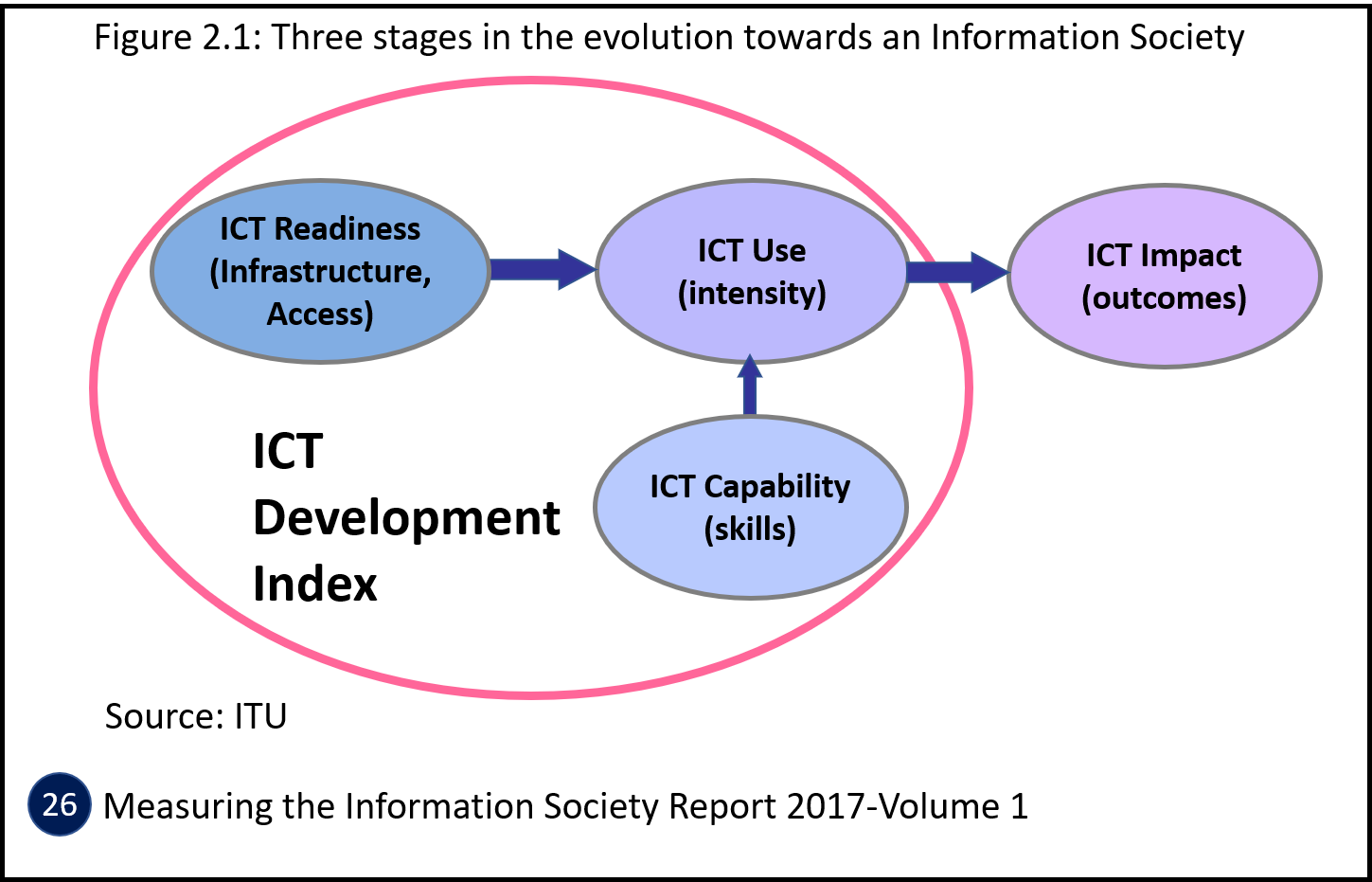About the South African Knowledge Network (SAKAN)
A South Africa in which everyone has equal access to ICT-derived information and knowledge to enhance their opportunities for sustainable self and community development.
South Africa's National Development Plan (NDP) "envisions a South Africa where everyone feels free yet bounded to others; where everyone embraces their full potential, a country where opportunity is determined not by birth, but by ability, education and hard work" The SAKAN vision aligns fully with this national vision, narrowing it down to how the national ICT sector can contribute towards achieving that national vision through direct access to, and capability for intensive productive use of ICT-derived information and knowledge for all age groups irrespective of their educational levels or societal hierarchies.
All South Africans of all ages able to access the information and knowledge they need to enhance their own, their peers, and their community’s development via the national and global ICT networks. All nations aspire to this mission statement, but achieving the goals derived from it is extremely difficult:
- Some autocratic leaders suppress ICT access to retain control over their citizens;
- The commercial value of ICTs supersedes their Human Development value;
- The costs of providing ICT services to the poor is perceived to be Prohibitive;
- The 4IR evolution renders the challenge even more difficult - high level user skills for all are needed, but providing them is costly and complex;
To position ICTs as tools to combat South Africa’s Triple Threats:
- ICT readiness (infrastructure access): Connectivity - a vital prerequisite;
- ICT Use (intensity): This must extend beyond simple usage - transformative use of ICTs will be prioritized;
- ICT Capability (skills): Skills for the provision of ICT services and beyond - readiness for survival in the complex 4IR world;
- ICT Impact (outcomes): The stated mission accomplished;
Principal Objective: To provide affordable unlimited broadband and ICT user skills to at least 80% of South Africa's poorest residents and their children by the end of the NDP target of year 2030: Subordinate objectives are dependent on national decision-making processes, which are strongly influenced by competing socio-economic-political ideologies and resulting national policies. This dependency leads to:
 SAKAN Project Design Strategy
SAKAN Project Design StrategySAKAN has selected the ITU IDI framework for project design. This allows ready access to the IDI data sets that enable project design, setting objectives for each unique community, and enabling project monitoring and evaluation, and peer country benchmarking. All inductors will be adjusted to suit the needs and capabilities of the poor:
- ICT Readiness (infrastructure, access.) The individual penetration measures used in this indicator will be amended to suit the massively shared connectivity that renders ICT access affordable to the poor.
- This ICT Use (Intensity) will be central to the SAKAN strategy. The commercial and other values of ICT pale into insignificance when compared to the value of their intensive usage.
- This ICT Capability (Skills) indicator will be expanded to reinforce the ICT Use indicator, technological appropriation and digital skills acquisition for all.
- ICT Impact (outcomes). This vital indicator will be expanded as experience is gained to set key measurable objectives for the whole SAKAN process.
- In 2015, more than 30 million inhabitants, or 55.5% of the population, survived at or below the defined upper-bound poverty line of ZAR1138 per month (approximately US$91 per month, or US$14.5 in Purchasing Power Parity $ -STATS SA 2017);
- The children of this group accounted for 63% of the national child population;
- 30% of the economically excluded children lived in households without a working adult;
- 80% of grade 4 learners (9 to 10 year-olds) cannot read in any language, including their "mother tongue" (PIRLS 2016);
- More than 30 million South Africans living at or below the upper-bound poverty line needed to spend up to 71% of their disposable income per month to purchase 5GB of data each month (estimates based on STATS SA income data and the mean advertised price of mobile data from all South African providers in August 2017);
- The number of households with fixed broadband connections remained stagnant at 10% between 2011 and 2016;
Clearly the majority of South Africa’s inhabitants cannot afford more than very basic access to the information and knowledge they need for their own and their children’s development.









